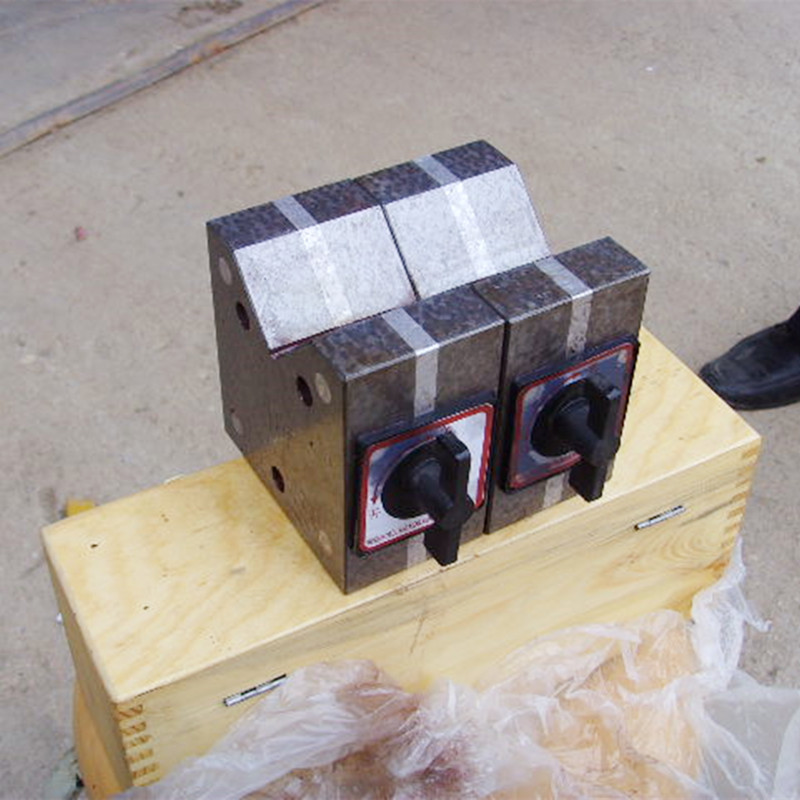12月 . 09, 2024 17:33 Back to list
Types of Control Valves and Their Various Uses in Industry
Types of Control Valves and Their Applications
Control valves are essential components in various industrial processes, regulating the flow, pressure, temperature, and levels of fluids. Their functionality significantly influences the efficiency and safety of operations in industries such as oil and gas, water treatment, chemical manufacturing, and HVAC systems. Understanding the various types of control valves and their applications helps engineers select the appropriate valve for specific operational needs.
1. Globe Valves
Globe valves are one of the most commonly used types of control valves. They consist of a movable disk or plug and a stationary ring seat in a generally spherical body. Globe valves are designed to provide good throttling and flow regulation capabilities. Their primary applications include steam, fuel oil, and water services. Due to their design, they are well-suited for applications where precise flow control is crucial.
2. Ball Valves
Ball valves utilize a spherical disc to control fluid flow. The valve can be opened or closed with a quarter turn of the handle. Although they are better suited for on/off service than for throttling, there are specialized ball valves designed for flow regulation. Ball valves are widely used in water distribution, natural gas services, and in applications requiring fast shut-off capabilities due to their durable construction and reliability.
Butterfly valves consist of a circular disc mounted on a shaft. When the shaft rotates, the disc either allows or blocks flow. These valves are lightweight and compact, making them an excellent choice for large volume applications. They are suitable for water treatment plants, ships, and chemical processing. Butterfly valves offer quick opening and closing and are ideal for isolation and throttling service.
types of control valves and their applications

4. Check Valves
Check valves, or non-return valves, allow fluid to flow in one direction while preventing backflow. They rely on the fluid's pressure to operate and are commonly found in plumbing systems, wastewater treatment, and other applications where backflow could lead to system failures. Though they are not inherently control valves, they play a crucial role in maintaining system integrity.
5. Pressure Relief Valves
Pressure relief valves are specialized control valves designed to release excess pressure from a system. They automatically open at a predetermined pressure to protect equipment from damage. These valves are critical in applications involving steam boilers, storage tanks, and chemical processes, ensuring safety and compliance with regulatory standards.
6. Solenoid Valves
Solenoid valves are electromechanically operated valves used to control fluid flow. They rely on electromechanical solenoids to open or close the valve. Solenoid valves are particularly useful in automated processes, such as those found in car wash systems, irrigation controls, and chemical dispensing. Their quick response time makes them ideal for applications requiring precise and responsive flow control.
Conclusion
In summary, understanding the different types of control valves—globe, ball, butterfly, check, pressure relief, and solenoid—is essential for optimizing industrial applications. Each valve type has its own unique advantages and ideal usage scenarios. Selecting the right valve can greatly enhance operational efficiency, safety, and reliability in fluid handling processes. As industries continue to evolve, the advancements in control valve technology promise to provide even more effective solutions for complex control challenges.
-
Why Metric Trapezoidal Thread is Ideal for Precision Motion ControlNewsAug.05,2025
-
The Unique Properties of a Block of Granite for Industrial UseNewsAug.05,2025
-
The Role of Flanged Y Strainers in Preventing Pipeline ClogsNewsAug.05,2025
-
The Importance of Regular Calibration for Master Ring GagesNewsAug.05,2025
-
How a Cast Iron Surface Table Enhances Accuracy in ManufacturingNewsAug.05,2025
-
Comparing Different Check Valve Types for Optimal Flow ControlNewsAug.05,2025
Related PRODUCTS









